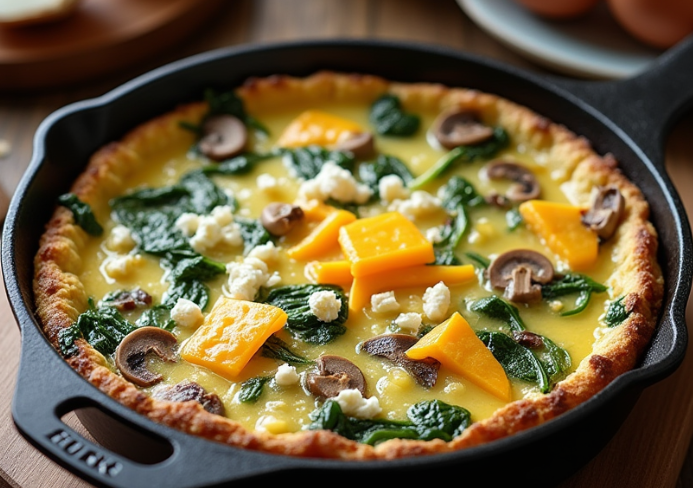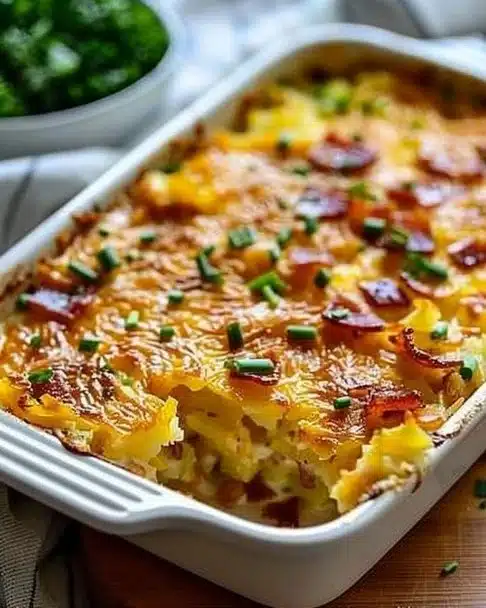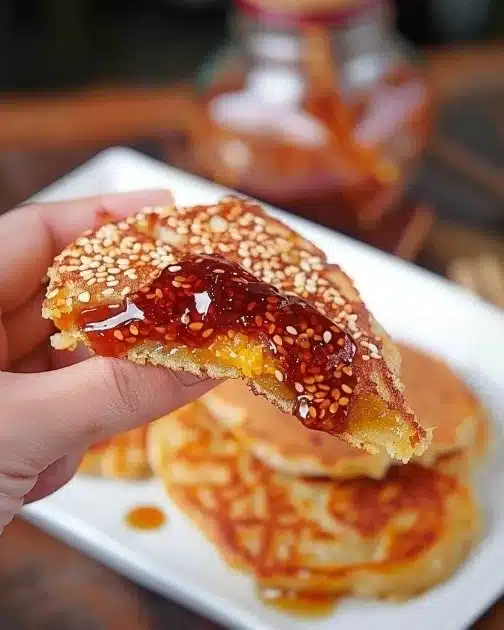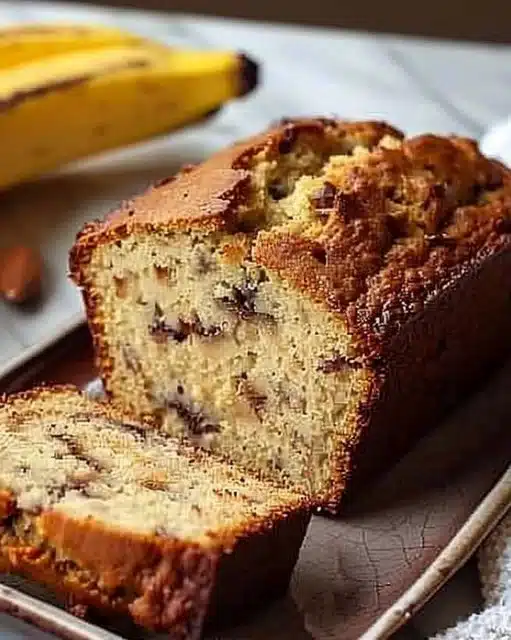Frittata Recipe: Make a Perfectly Fluffy Frittata Every Time!
Frittata recipe are one of the most versatile and delicious dishes you can make with just a few basic ingredients. Whether you’re hosting a weekend brunch, preparing a healthy weeknight dinner, or using up leftover vegetables in your fridge, a well-made frittata is always a crowd-pleaser. This guide will show you how to make a perfectly fluffy frittata every time, with pro tips, delicious variations, and answers to common questions.
You don’t need to be a chef to master this dish. With the right tools, like a well-seasoned cast iron skillet, you’ll get a perfectly baked result every time. Not sure how to care for your pan? You can learn how to season your skillet properly to ensure it lasts for years and cooks evenly.
Table of Contents
Frittatas also pack a nutritious punch. Eggs are loaded with protein, healthy fats, and essential vitamins. If you’re interested in the detailed nutritional breakdown, check out this nutrition data for eggs from the USDA.
What is a Frittata?
A frittata is an Italian-style egg dish similar to a crustless quiche or baked omelet. It’s cooked on the stovetop and finished in the oven, making it both crispy on the outside and fluffy on the inside. The beauty of a frittata lies in its flexibility—add any vegetables, herbs, or cheeses you have on hand.
Unlike quiches, frittatas don’t have a crust and typically use fewer dairy ingredients. This makes them a great low-carb, gluten-free option that fits easily into a Mediterranean-style diet.
Essential Equipment for Making a Frittata
- 10 to 12-inch cast iron skillet or oven-safe non-stick pan
- Oven (preheated to 400°F)
- Mixing bowl
- Whisk
- Spatula
Why Cast Iron is Best
- Distributes heat evenly
- Goes from stovetop to oven easily
- Retains heat for even cooking
- Helps achieve a golden, slightly crisp edge
If cast iron is too heavy, you can also use a carbon steel or enameled oven-safe skillet.
Ingredients for a Basic Fluffy Frittata
Here’s what you’ll need to make a basic frittata:
- 6 large eggs
- ¼ cup milk (or non-dairy alternative like almond milk)
- 2 garlic cloves, minced
- ¼ tsp sea salt
- Freshly ground black pepper
- 1–2 tbsp olive oil
- 2 cups chopped vegetables (spinach, mushrooms, peppers, onions, etc.)
- ⅓ cup cheese (feta, mozzarella, cheddar, or pecorino)

Step-by-Step: How to Make a Frittata
- Preheat oven to 400°F.
- In a mixing bowl, whisk together eggs, milk, garlic, salt, and pepper until light and frothy.
- Heat olive oil in your skillet over medium heat.
- Add chopped vegetables and sauté until just tender.
- Pour in the egg mixture and gently shake the pan to distribute evenly.
- Top with cheese and transfer the skillet to the oven.
- Bake for 15–20 minutes until the eggs are set and the edges are golden.
- Let cool for 5 minutes, slice, and serve.
Pro Tips for the Perfect Fluffy Frittata
- Use room-temperature eggs for better rise
- Whisk eggs thoroughly to incorporate air
- Avoid overcooking—it should jiggle slightly in the center when pulled from the oven
- Use the right veggie-to-egg ratio: about ¼ cup of vegetables per egg
- Let it rest before slicing to firm up
5 Delicious Frittata Variations
Mix up your routine with these creative combos:
- Broccoli & Feta
- Broccoli, scallions, smoked paprika, and crumbled feta
- Roasted Red Pepper & Spinach
- Shallots, roasted red bell peppers, fresh spinach, and feta
- Spring Veggie
- Asparagus, peas, scallions, mozzarella, and fresh herbs
- Mixed Mushroom & Tarragon
- Mushrooms, shallots, tarragon, and pecorino cheese
- Caprese
- Cherry tomatoes, basil, shallots, and mozzarella balls
Serving Suggestions
Pair your frittata with:
- Fresh fruit salad
- Avocado slices
- Lemony Greek yogurt or pesto
- Kale salad and crusty bread for dinner
- Mimosas or iced tea for brunch
How to Store and Reheat
- Refrigerate leftovers in an airtight container for up to 4 days
- Reheat in a 300°F oven or microwave (covered with a damp paper towel)
- You can freeze individual slices for up to 2 months—thaw overnight in the fridge
Common Mistakes to Avoid
- Overbaking (makes it rubbery)
- Skipping the whisk (less air = dense texture)
- Uneven ingredient distribution (creates texture imbalances)
- Using too many wet ingredients (makes it watery)
Frequently Asked Questions
Can you make a frittata without milk?
Yes, you can use water or a non-dairy milk like almond or oat milk. It won’t be quite as creamy but still delicious.
What’s the best pan for a frittata?
A cast iron skillet is ideal because it retains heat well and transitions from stovetop to oven seamlessly. You can also use a non-stick or oven-safe ceramic skillet.
Can I make a frittata ahead of time?
Absolutely! Cook it fully, let it cool, then store in the fridge. Reheat in the oven or microwave before serving.
How do I keep my frittata from being watery?
Avoid overly watery vegetables like zucchini unless pre-cooked and drained. Don’t add too much milk, and be sure to bake until the center is just set.
Can I use egg whites only?
Yes, but it will be less rich. Use 2 egg whites for every whole egg in the recipe and consider adding a bit of olive oil or extra veggies for moisture.
Frittata Recipe: Make a Perfectly Fluffy Frittata Every Time!
- Total Time: 30 minutos
- Yield: 4 porciones
Description
Una frittata básica, esponjosa y saludable hecha con huevos, vegetales frescos y queso. Perfecta para el desayuno, brunch o una cena ligera, esta receta se adapta fácilmente a tus ingredientes favoritos y está lista en menos de 30 minutos.
Ingredients
- 6 huevos grandes
- 1/4 taza de leche (puede ser vegetal como leche de almendra)
- 2 dientes de ajo picados
- 1/4 cucharadita de sal marina
- Pimienta negra recién molida al gusto
- 1 a 2 cucharadas de aceite de oliva
- 2 tazas de vegetales picados (espinacas, champiñones, pimientos, cebolla, etc.)
- 1/3 taza de queso (feta, mozzarella, cheddar o pecorino)
Instructions
- Precalentar el horno: A 400°F (200°C).
- Batir los huevos: En un bol grande, mezcla los huevos, la leche, el ajo, la sal y la pimienta. Bate hasta que esté espumoso.
- Saltear los vegetales: Calienta el aceite en una sartén apta para horno a fuego medio. Añade los vegetales y sofríe hasta que estén tiernos.
- Agregar la mezcla de huevos: Vierte la mezcla de huevos sobre los vegetales. Sacude suavemente la sartén para distribuir de manera uniforme.
- Incorporar el queso: Espolvorea el queso por encima.
- Hornear: Transfiere la sartén al horno y hornea por 15–20 minutos, o hasta que los huevos estén cuajados y los bordes dorados.
- Reposar y servir: Deja enfriar 5 minutos antes de cortar y servir.
Notes
Puedes cambiar los vegetales según la temporada o añadir hierbas frescas como albahaca o cebollino. Acompaña con ensalada verde o pan crujiente.
- Prep Time: 10 minutos
- Cook Time: 20 minutos
- Category: Desayuno / Brunch
- Method: Sartén + Horno
- Cuisine: Mediterránea / Internacional







